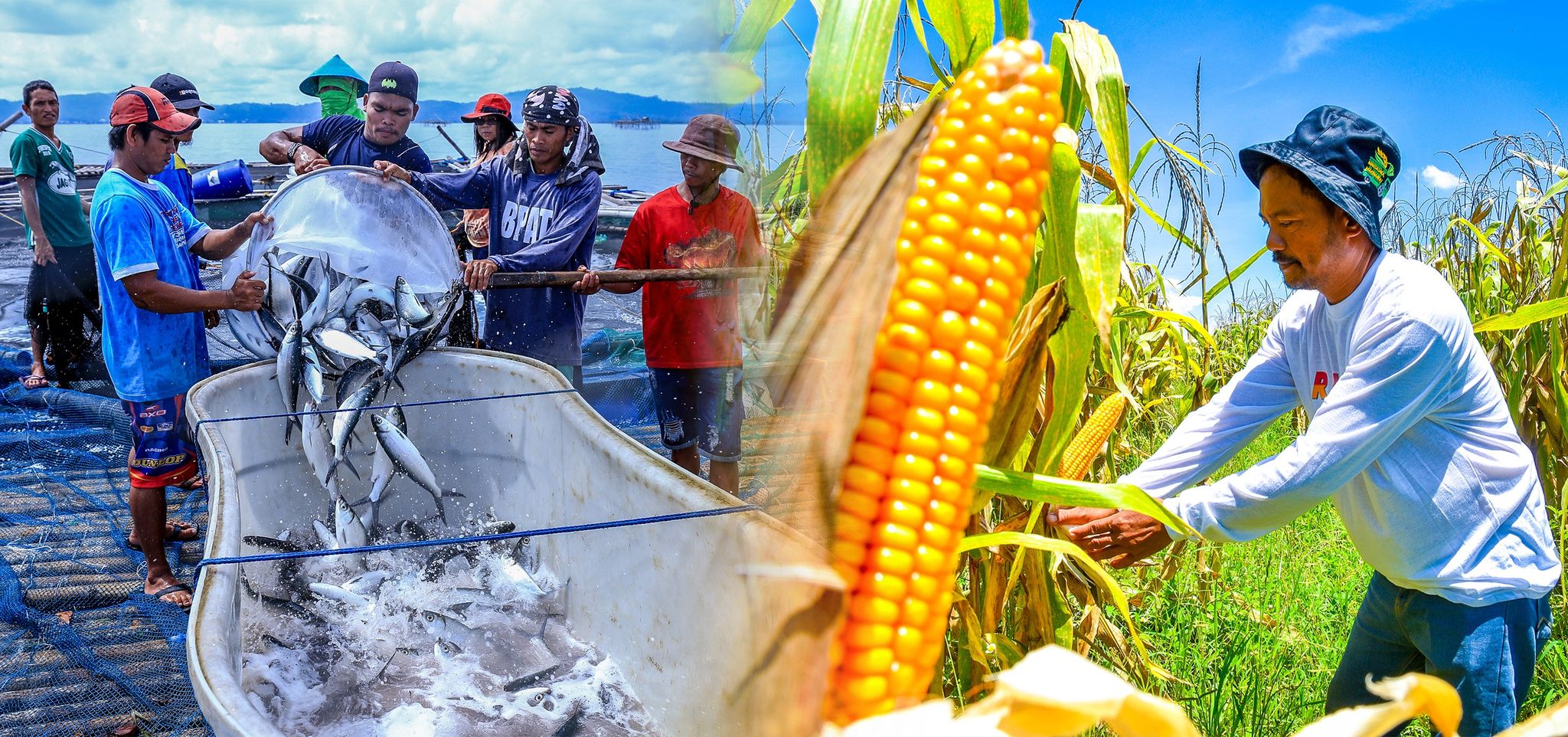
The government’s Fuel Discount for Farmers and Fisherfolk Program (FDFFP), which rolled out on March 2022, is nearing the realization of its goal to provide support to 158,730 beneficiaries.
As of August 4, 2022, a total of 126,388 fuel discount accounts have been generated. Once loaded with P3000 subsidy, corn farmers or fishers may use it for the purchase of diesel or gasoline. The remaining 32,342 accounts or 20.37% of the total target will be created before the end of August.
“This is just part of the Department of Agriculture’s package of assistance to the agriculture sector, which continue to face challenges caused by high cost of farm inputs,” Undersecretary for Consumer and Political Affairs and DA Spokesperson Kristine Evangelista said.
She added that the program aims to cushion the impact of the current global economic challenges to the agriculture sector, and enable the food production sector to be more productive.
FDFFP emanated from the 2022 GAA Special Provision No. 20, which allotted P500 million(M) in funds to provide fuel discount to farmers and fisherfolk.
The Program’s main beneficiaries are corn farmers and fisherfolks, who must exclusively use the subsidy to fuel their farm machineries and motorized bancas, respectively. They may use their discount vouchers in participating gas stations accredited by the Department of Energy.
On August 3, an amended Memorandum Circular was released naming the Director of the Bureau of Agriculture and Fishery Engineering as chair of the Program Coordination Group for the implementation of the program, which will be expanded to other agricultural commodities.
Specific guideline and implementing rules will be discussed within the week to ensure the smooth implementation and distribution of interventions.
The MC is also in preparation for the proposed P600M additional FDFFP funds requested from the Department of Budget and Management.
During his first State of the Nation Address, President Ferdinand R. Marcos stressed that his administration will continue to extend support to the agriculture sector, in credit, farm inputs and fuel subsidy, among others, to ensure that an increase in food production is attained.### (Adora D. Rodriguez, DA-AFID)














